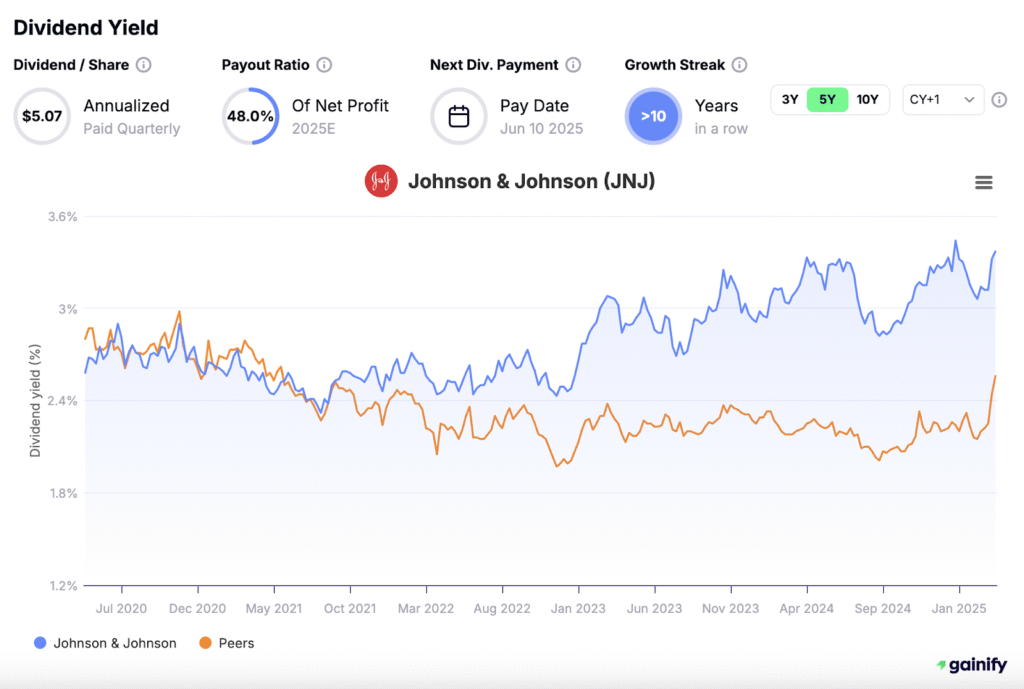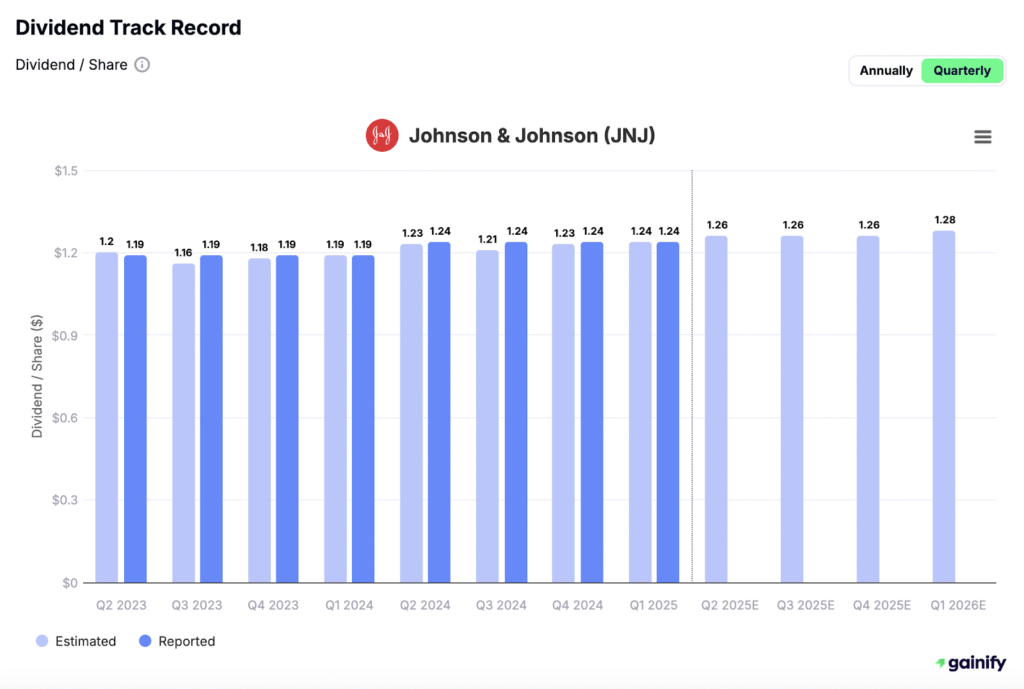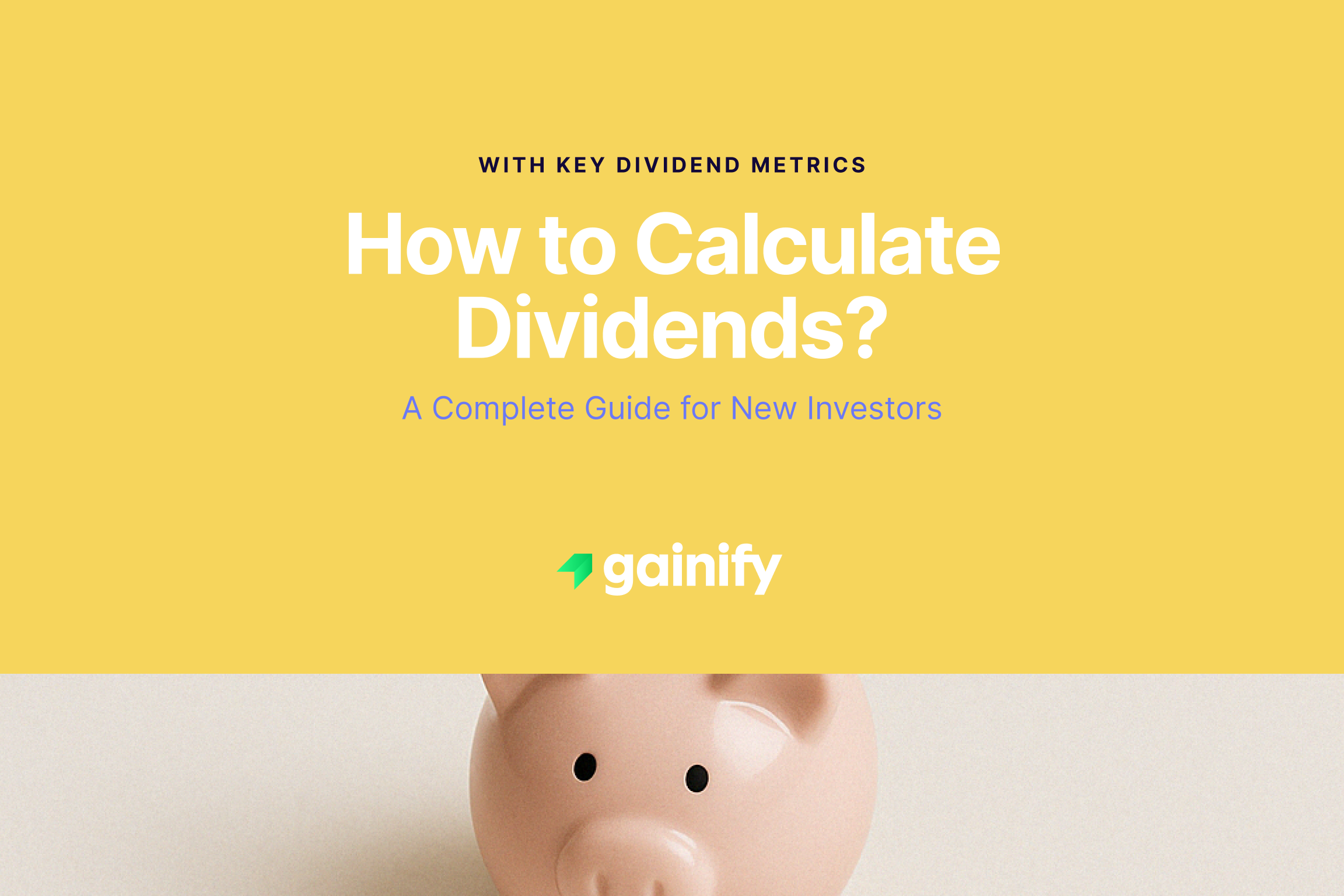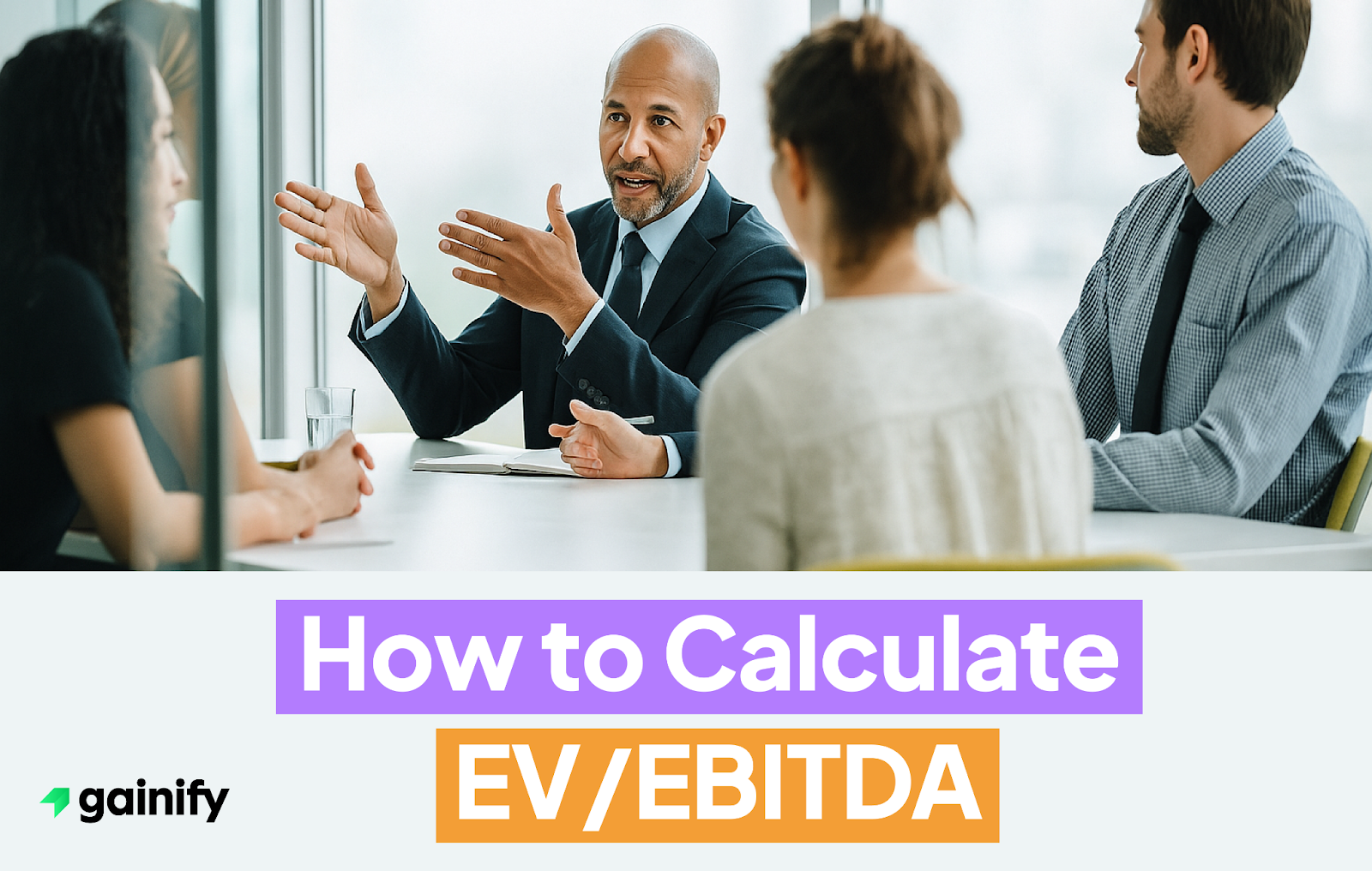Dividends represent more than just periodic cash payments.They are a reflection of a company’s financial stability, capital allocation strategy, and long-term commitment to shareholders. For investors focused on passive income, dividends play a critical role in portfolio performance. They offer not only recurring income, but also valuable insight into a company’s operational strength and leadership priorities.
Whether you’re new to investing or refining your income strategy, understanding how to calculate dividends is essential. But this isn’t just about plugging numbers into formulas. Smart investors know how to interpret key metrics like dividend yield, dividend payout ratio, and dividend growth to separate sustainable performers from risky outliers.
In this guide, we break down the core concepts of dividend calculation with clear formulas, practical examples, and expert-level insights. You will learn:
- How to calculate Dividends per Share (DPS)
- What Dividend Yield really tells you
- How to analyze the Dividend Payout Ratio
- And what to look for when assessing dividend sustainability and growth
Let’s dive in.
What Are Dividends?
Dividends are distributions of a company’s earnings paid to shareholders, typically in the form of cash or additional stock. They are usually issued quarterly (quarterly dividends), although some companies pay them monthly or annually. Dividends provide investors with a share of the company’s profits and signal a company’s financial health and management’s confidence in future performance.
Dividends are especially important in income-focused investment strategies, including retirement portfolios and dividend growth investing. Reinvesting dividends can also significantly boost long-term total returns through compounding.
There are several types of dividends, each with unique characteristics:
- Cash Dividend Per Share: The most common form, paid directly to shareholders in cash. These are typically issued on a regular schedule (quarterly, semi-annually, or annually).
- Stock Dividend Per Share: Instead of cash, companies issue additional shares to shareholders. This increases the total number of outstanding shares owned but does not immediately increase total value.
- Special Dividend Per Share: One-time payments issued outside of the regular dividend schedule. They often occur after exceptionally strong earnings or asset sales.
- Preferred Dividend: These are fixed dividends paid to holders of preferred stock, often before any dividends are paid to common shareholders.
Dividends are especially important in income-focused investment strategies, including retirement portfolios and dividend growth investing. In this article, we will primarily focus on cash dividends, as they are the most common form of dividend distribution and most relevant to individual investors seeking reliable income streams.
Key Dividend Metrics and How to Calculate Them
To properly assess a company’s dividend policy, income potential, and long-term reliability, investors should master the following core metrics:
1. Dividend per Share (DPS)
Dividend per Share measures the amount of cash distributed to each outstanding share of common stock (the per-share basis). It is the foundation for many other dividend calculations.
Formula:

What it tells you:
- Indicates the absolute income per share you can expect to receive on a per-share basis.
- A rising DPS over time typically reflects increasing profitability and shareholder-friendly policies.
2. Dividend Growth Rate (CAGR)
The Dividend Growth Rate represents the average annual rate at which a company has increased its dividend over a specified period, typically calculated using the Compound Annual Growth Rate (CAGR).
Formula:

What it tells you:
- Reflects consistency and reliability in income growth.
- High and stable growth rates signal strong earnings trends and disciplined capital allocation.
- Especially important for long-term investors seeking to outpace inflation.
3. Dividend Yield
Dividend Yield expresses the annual dividend as a percentage of the current stock price. It is a key measure of the return an investor receives from dividends alone.
Formula:

What it tells you:
- Allows comparison across dividend-paying stocks, regardless of price.
- A higher yield may be attractive but could also indicate market concerns about future earnings or dividend stability.
4. Dividend Payout Ratio
The Dividend Payout Ratio indicates what portion of net income is returned to shareholders through dividends.
Formula:
Dividend Payout Ratio = (DPS / Earnings per Share) × 100
What it tells you:
- Reveals the balance between reinvestment and distribution.
- A lower ratio suggests the company retains more earnings for growth or debt reduction.
- An excessively high dividend payout ratio may be unsustainable if earnings decline.
5. Cash Flow Coverage of Dividends
While Earnings Per Share based payout ratios are widely used, true dividend sustainability is best evaluated through free cash flow. Dividends are funded with cash—not accounting profits, so it is essential to examine whether a company consistently generates sufficient free cash flow (FCF) to cover its dividend obligations.
Formula:
FCF Payout Ratio = Total Dividends Paid / Free Cash Flow
What it tells you:
- Indicates what percentage of a company’s discretionary cash flow is being returned to shareholders.
- A FCF payout ratio below 75% is typically considered sustainable.
Evaluating Dividend Sustainability
Once you’ve calculated key dividend metrics, the next step is using them to determine whether the dividend is sustainable mainly based on the financial statement metrics. A high yield or attractive payout today means little if the company lacks the financial strength or operational discipline to maintain it over time.
Here’s how to use each metric and supporting factor to assess dividend sustainability with clarity and confidence:
1. Use the Dividend Payout Ratio to Gauge Earnings Allocation
Why it matters:
The payout ratio tells you what percentage of net income is being returned to shareholders. While useful, it must be interpreted alongside other metrics like FCF and coverage.
How to use it:
- A ratio under 60% is generally considered healthy.
Higher ratios may be acceptable in stable, cash-generating sectors (e.g., utilities, REITs), but could be a concern elsewhere.
2. Use the Free Cash Flow Payout Ratio to Evaluate Liquidity Support
Why it matters:
Dividends are paid in cash, not accounting profits. The Cash Flow Payout Ratio shows whether the company is generating enough actual cash to fund its dividends.
How to use it:
- A ratio below 75% is generally sustainable.
- A ratio above 100% suggests the company may be borrowing or depleting reserves, putting the dividend at risk.
3. Use the Dividend Growth Rate to Evaluate Consistency and Discipline
Why it matters:
A stable or growing dividend is often a sign of strong fundamentals and shareholder-focused management.
How to use it:
- A 5–10% CAGR over a multi-year period is a strong signal of sustainable growth.
Look for consistent, moderate increases over time, rather than erratic or overly aggressive hikes.
4. Use Dividend Yield in Context, Not in Isolation
Why it matters:
Yield reflects dividend income potential relative to stock price, but a high yield may also reflect risk.
How to use it:
- Compare yield to industry peers and historical averages.
- Validate the yield using payout, FCF, and coverage ratios.
Interpretation tip:
A high yield accompanied by weak financial metrics is often a dividend trap.

5. Assess Balance Sheet Strength for Downturn Protection
Why it matters:
A strong balance sheet gives a company more flexibility to support dividends during downturns, credit tightening, or unexpected disruptions.
Key indicators include:
- Low debt-to-equity ratio, showing conservative leverage.
- Strong liquidity ratios (current ratio, quick ratio), supporting near-term obligations.
- High interest coverage, ensuring that debt service does not crowd out dividend payments.
Companies with healthy financial positions are less likely to reduce dividends in economic stress, and may even raise them opportunistically.
6. Evaluate Management’s Track Record and Capital Discipline
Why it matters:
A company’s leadership plays a central role in dividend reliability. Management’s past behavior and communication style provide insight into how dividends are prioritized.
What to look for:
- A conservative, consistent approach to dividend increases.
- Stability during recessions or market downturns – did they maintain or grow dividends?
- Clear, transparent communication in earnings calls or annual reports regarding dividend policy and capital allocation.
Trustworthy management teams view dividends not just as a financial obligation, but as a strategic tool to reward long-term shareholders.

Final Thoughts
Understanding how to calculate and interpret dividend metrics is a cornerstone of smart, income-focused investing. But it’s not just about identifying the highest yield – true success lies in identifying companies with sustainable, growing dividends supported by strong fundamentals and disciplined financial management.
Use the metrics in this guide to evaluate not only how much you’ll earn today, but also how secure and scalable that income will be in the years to come. Over time, a strategic dividend approach can lead to greater stability, compounding growth, and long-term wealth.




